This Ancient Tree Gives Researchers a Look at Earth’s First Forest
Researchers have stumbled across the remains of several ancient trees in Canada dating back hundreds of millions of years. The fossilized specimens may provide valuable insight into how the world’s earliest forest began to emerge.
Scientists meticulously examined the various fossils, and the results were nothing short of astounding. This rare discovery has provided a unique window into a mysterious period of Earth’s history.
The Evolution of Trees on Earth
Experts believe trees emerged on Earth hundreds of millions of years ago. However, fossils dating back to this era have been difficult to find, and scientists have been left somewhat in the dark regarding the evolution of trees.
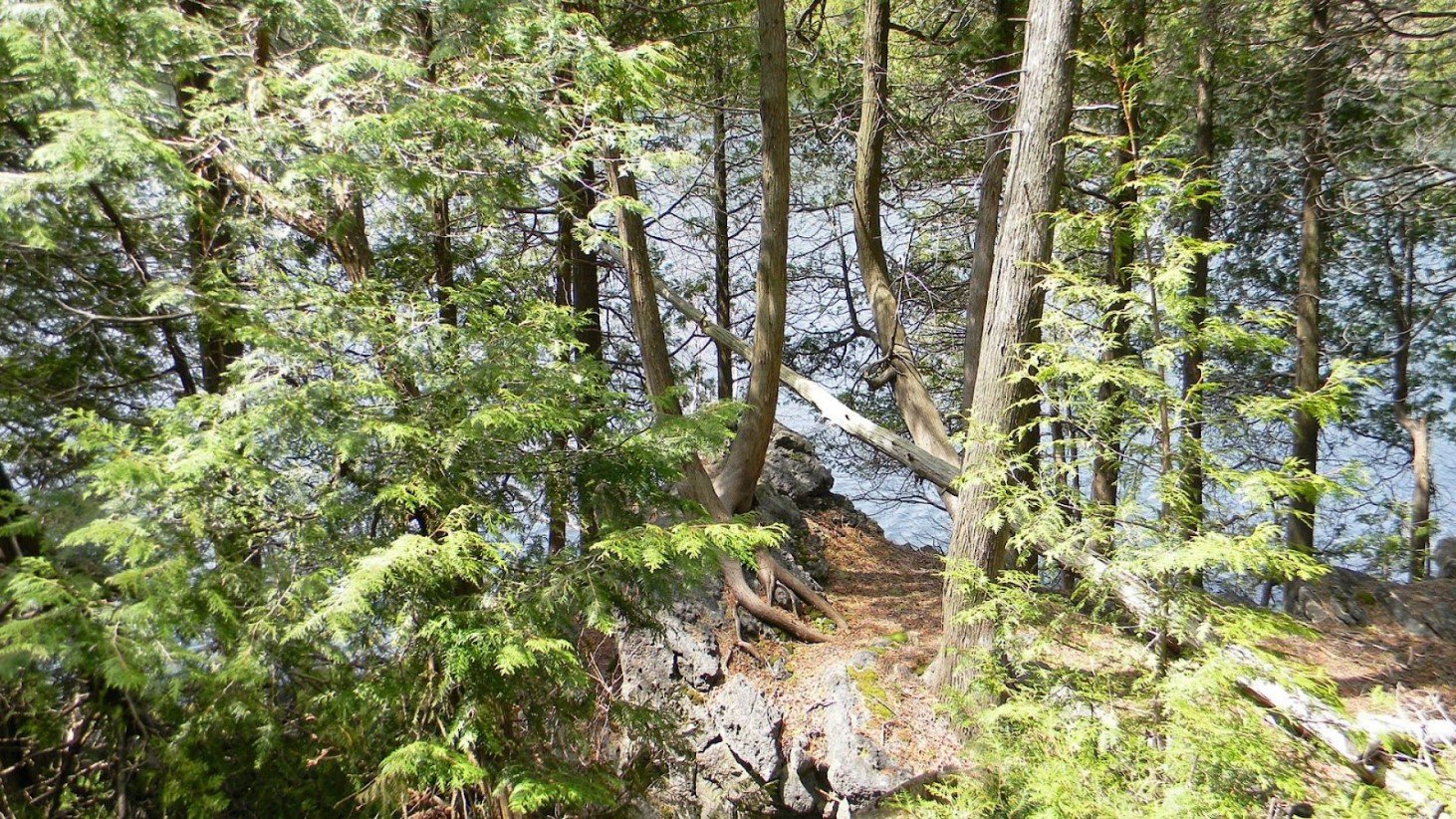
Source: Wikimedia Commons
A recent study conducted on several tree fossils unearthed in the Canadian province of New Brunswick has allowed researchers to gain insight into what the work looked like when forests first began to emerge.
Time Capsules of the Past
Researchers stumbled upon the fossilized remains of five trees buried alive by an enormous earthquake that occurred in the region around 350 million years ago, according to a study published in the journal Current Biology.
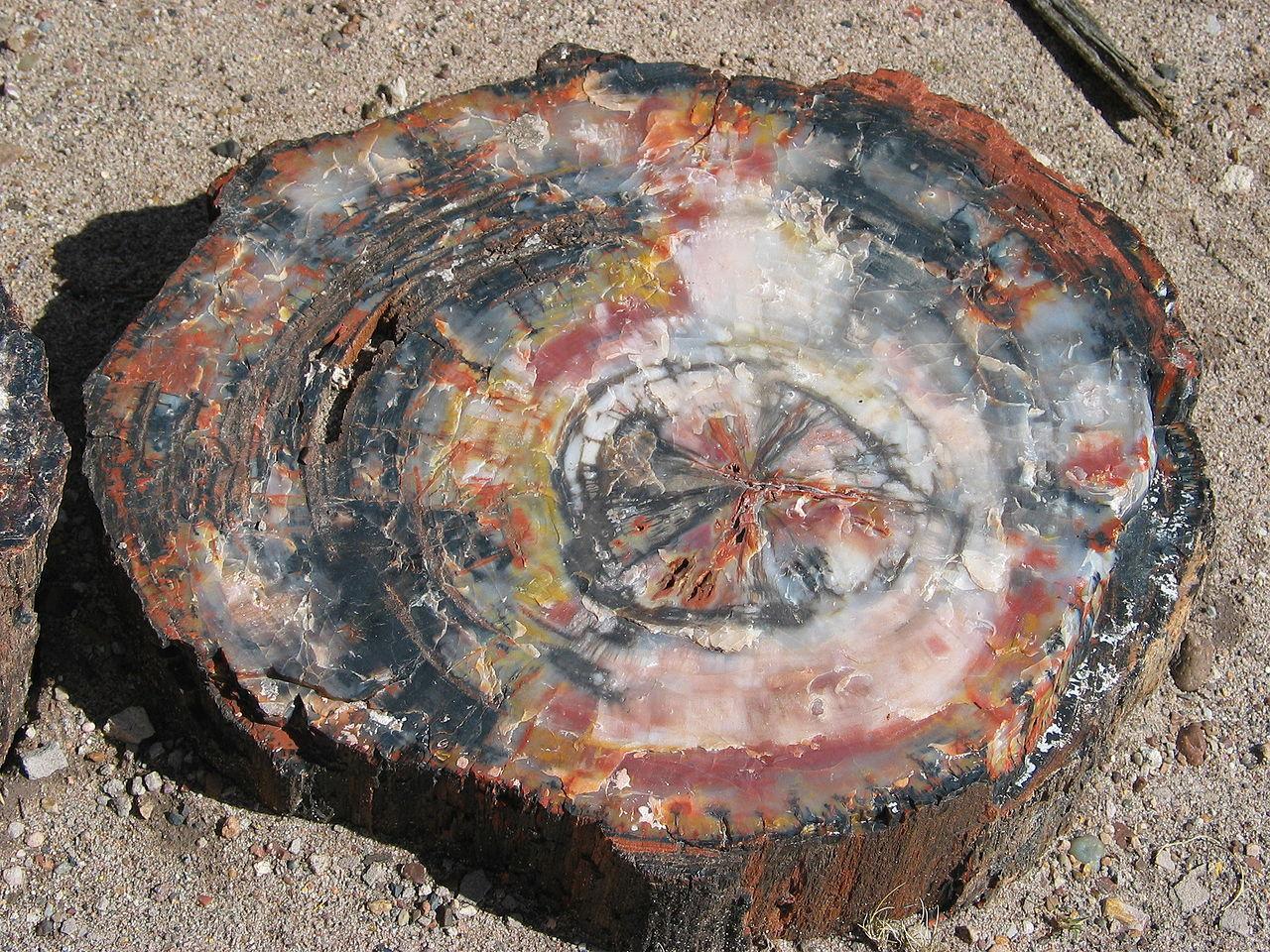
Source: Wikimedia
Speaking on the discovery, Robert Gastaldo, a paleontologist and sedimentologist, said, “They are time capsules, literally little windows into deep-time landscapes and ecosystems.”
350 Million-Year-Old Tree Specimen
The study’s authors, Olivia King and Matthew Stimson, discovered the first fossil back in 2017. One specimen was discovered with branches and leaves attached to its trunk.
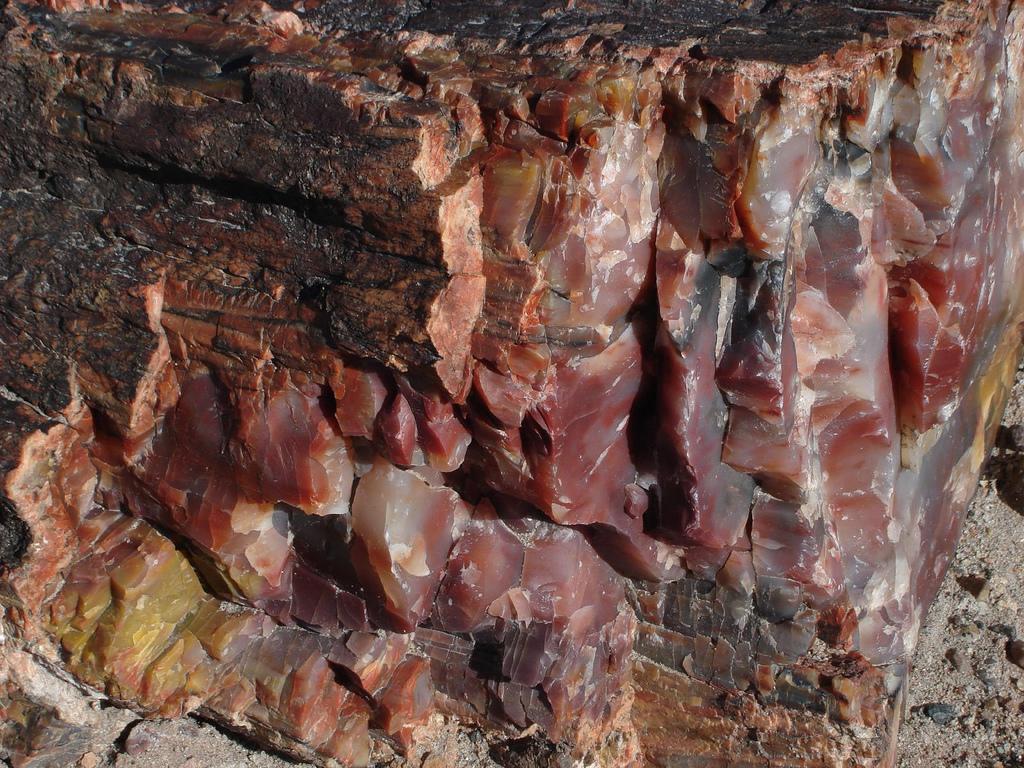
Source: Wikimedia
According to Gastaldo, who led the study, few fossils this old have ever been discovered. He added, “There are only five or six trees that we can document, at least in the Paleozoic, that were preserved with its crown intact.”
Researchers Left Gobsmacked After Discovering Fossilized Tree
Gastaldo, a professor of geology at Colby College in Waterville, Maine, explained that many of the fossilized remains of trees previously discovered are relatively small in size, often being the stump or root system.

Source: Freepik
However, the discovery in Canada is the entirety of a tree, which may have been up to 15 feet tall, leaving the researchers “gobsmacked.”
Excavating the Fossilized Trees
The first specimen was successfully excavated around seven years ago. Following this, further fossils were recovered from the same vicinity.
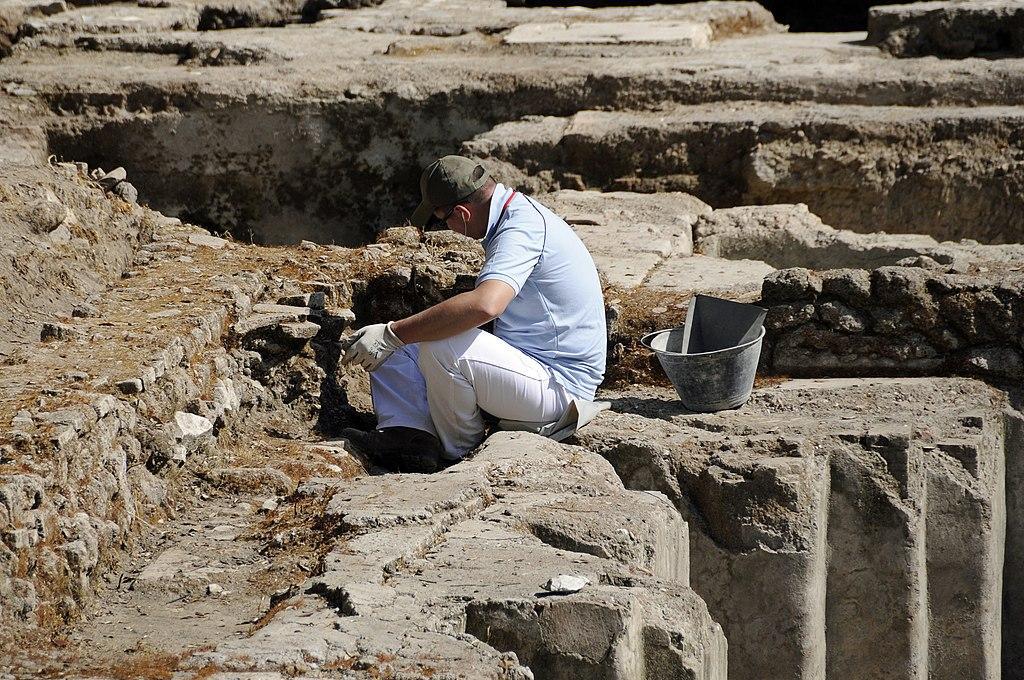
Source: Wikimedia
Researchers dubbed the species “Sanfordiacaulis” in honor of Laurie Sandford, who owned the quarry where the fossilized remains were unearthed.
The Structure of the Plant
The new discovery reveals a dense canopy of more than 250 levels, crowded around a top that was 30 inches of unbranched tree trunks.
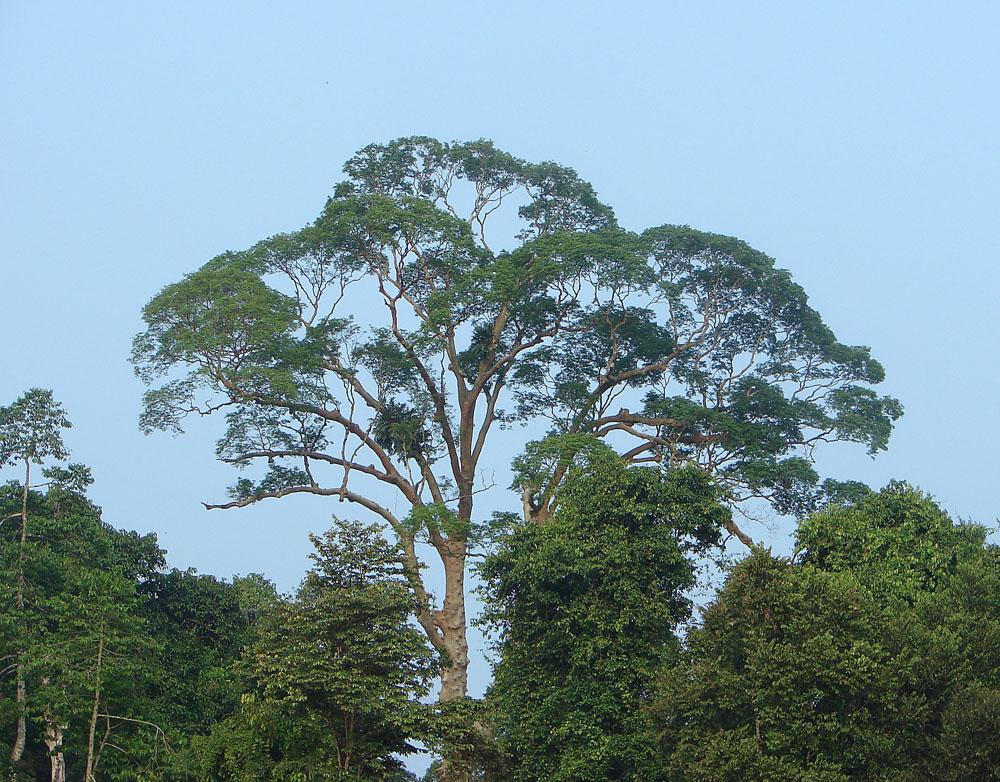
Source: Wikimedia
These trees stood around 8.7 feet tall and grew leaves that reached 9.8 feet long, extending out of the trunk in “tightly compressed spirals,” according to the study, published Friday (Feb. 2) in the journal Current Biology.
5-Foot-Long Leaves Preserved on the Tree’s Trunk
After meticulously examining the remains of the ancient trees, researchers suggest they bear a resemblance to modern-day palms of ferns. However, the latter didn’t appear for another 300 million years.
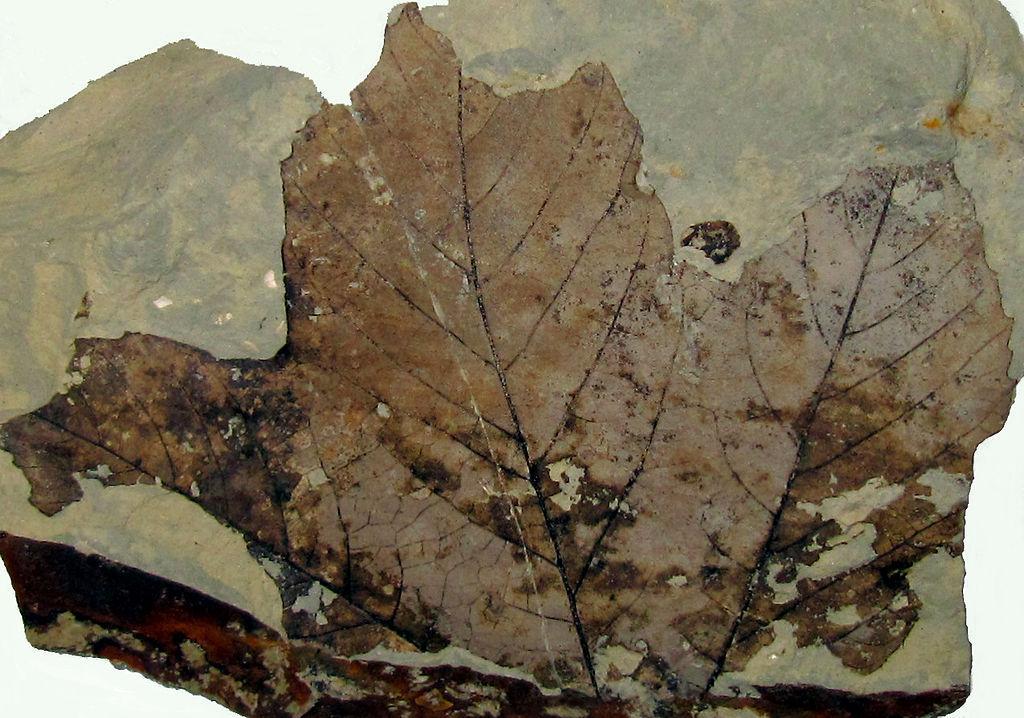
Source: Wikimedia
The most complete fossil, encased in a large sandstone boulder, boasts over 250 leaves preserved around the trunk. Some of the leaves were over five feet in length.
Evolving for the Sun
Sanfordiacaulis were likely to evolve this spiral layout to maximize the amount of sunlight the leaves capture for photosynthesis.

Source: Freepik
Their shorter stature also served a purpose, according to the researchers behind the study. These plants are the earliest examples of smaller trees growing beneath the canopy of taller trees.
Fossilized Tree Reminds Researchers of a Dr. Seuss Novel
King, a research associate at the New Brunswick Museum, says another unusual aspect researchers have noticed is their resemblance to trees from some of Dr. Seuss’s works.

Source: Wikimedia
“You know in ‘The Lorax,’ the trees have these big pom-poms at the top and narrow trunks? These probably have a similar structure. You have this massive crown at the top, and then it does narrow and paper into this very small trunk,” King said. “It’s a very Dr. Seuss-looking tree. It’s a weird and wonderful idea of what this thing could look like.”
Enormous Earthquake Leads to Fossilization of Trees
The scientists explain that the trees were likely fossilized as a result of a “catastrophic” earthquake that caused enormous landslides in the region, burying the trees alive at the bottom of a lake.
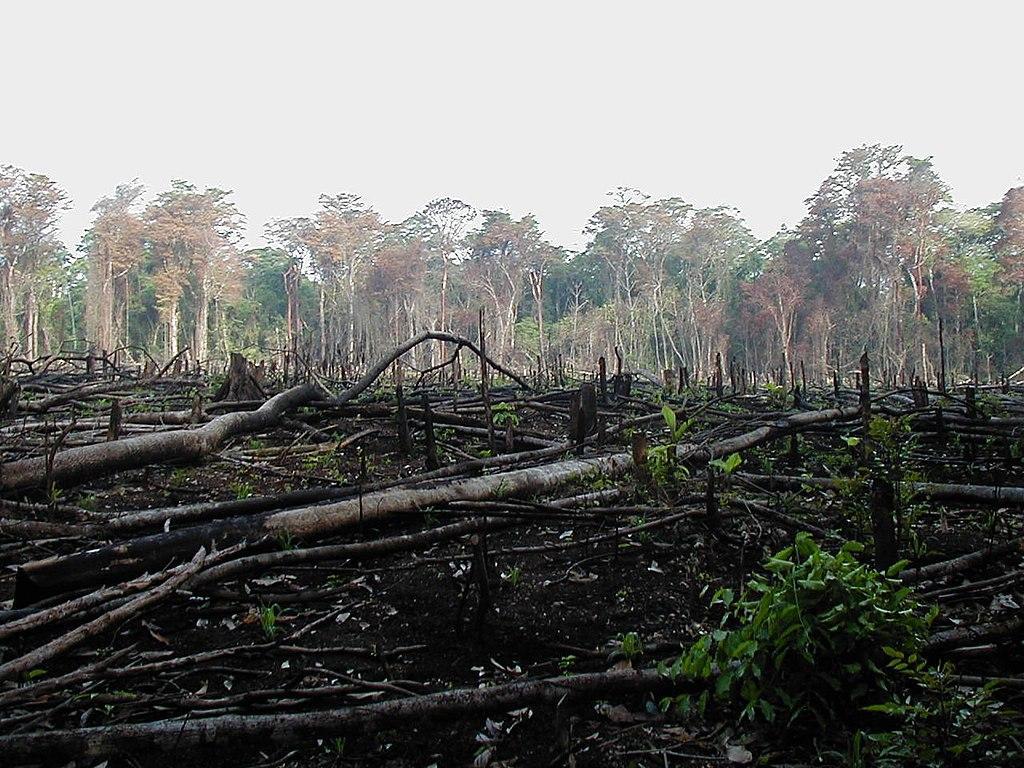
Source: Wikimedia
“These trees were alive when the earthquake happened. They were buried very quickly, very rapidly after that, at the bottom of the lake, and then the lake (went) back to normal,” Stimson said.
A Better Understanding of How Early Forests Evolved
The study has opened a window into a period in which almost no tree fossils have been recorded, a significant leap in our understanding of early forest evolution.
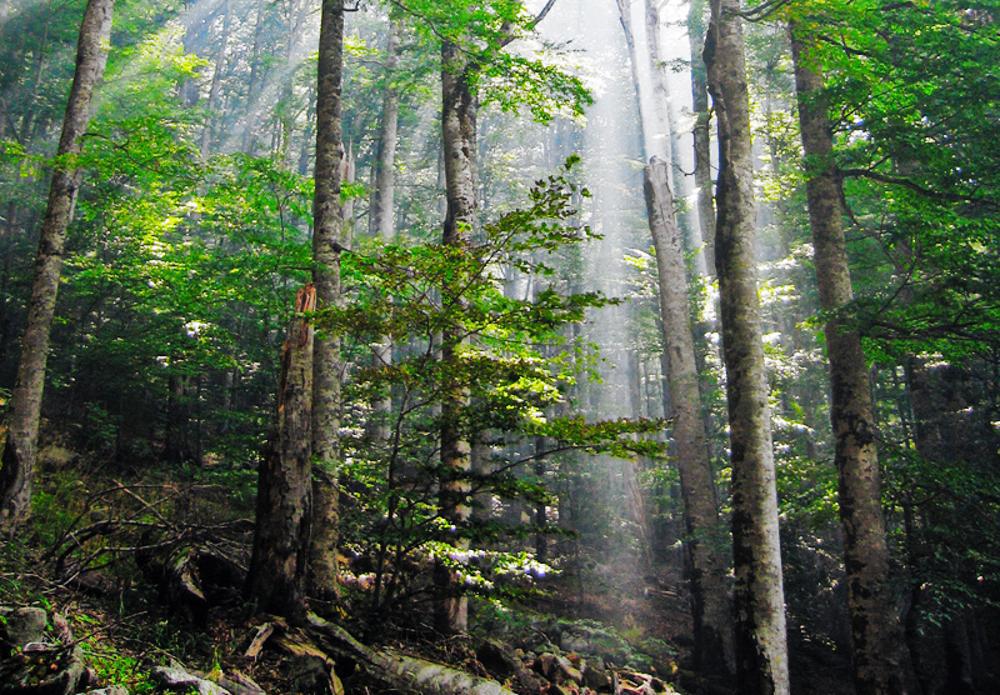
Source: Wikimedia
“The new fossils are a milestone in our understanding of how early forest structure evolved, eventually leading to the complex rainforest architectures that support most of Earth’s living biodiversity,” he added.
Short-Lived Reign of Sanfordiacaulis
According to Stimson, the Sanfordiacaulis reign was short-lived. It thrived during the early Carboniferous period when plants transitioned from water to land.
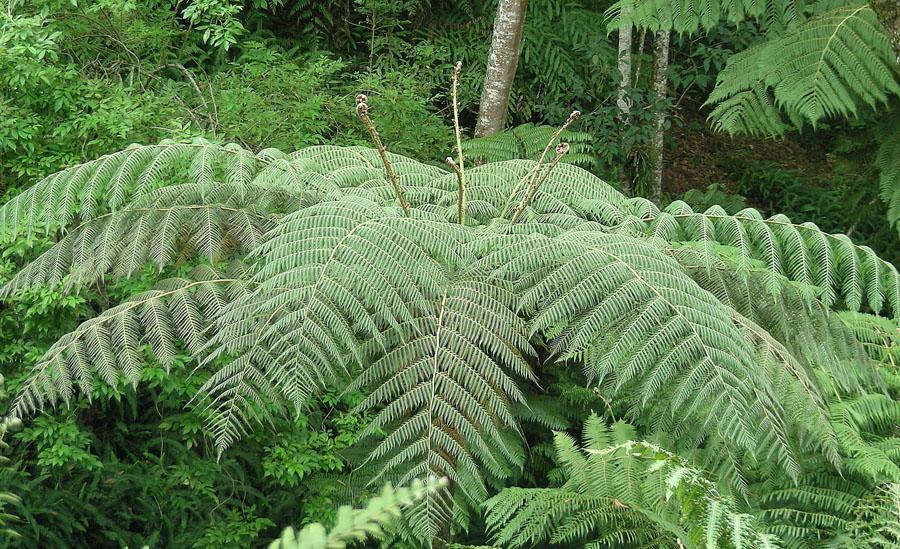
Source: Wikimedia
He said, “We do not see this architecture of plants again,” following the culmination of this period at the end of the Paleozoic Era.
Sanfordiacaulis Fails to Adapt
The Sanfordiacaulis’s failure to survive following the cataclysmic event showcases its inability to adapt to the conditions of the region.
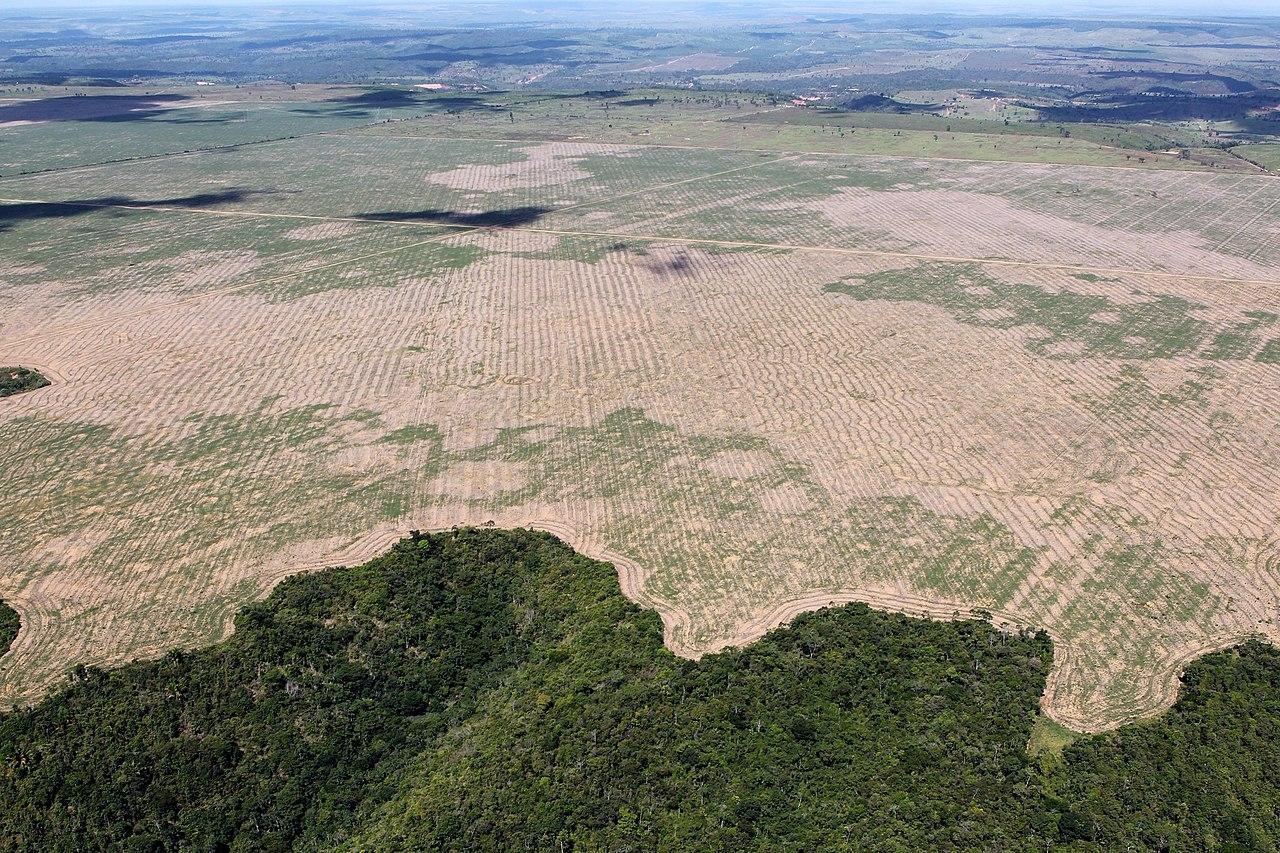
Source: Wikimedia
According to Stimson, this is evidence of a “failed experiment of science and evolution. We’re really starting to paint that picture of what life was like 350 million years ago.”
The Growth Architecture
The reconstruction of these plants “distorts our sense of how trees are organized and grow,” Gastaldo said. “Their growth architecture is similar to but distinctly different from, two tree models found in today’s tropics.”
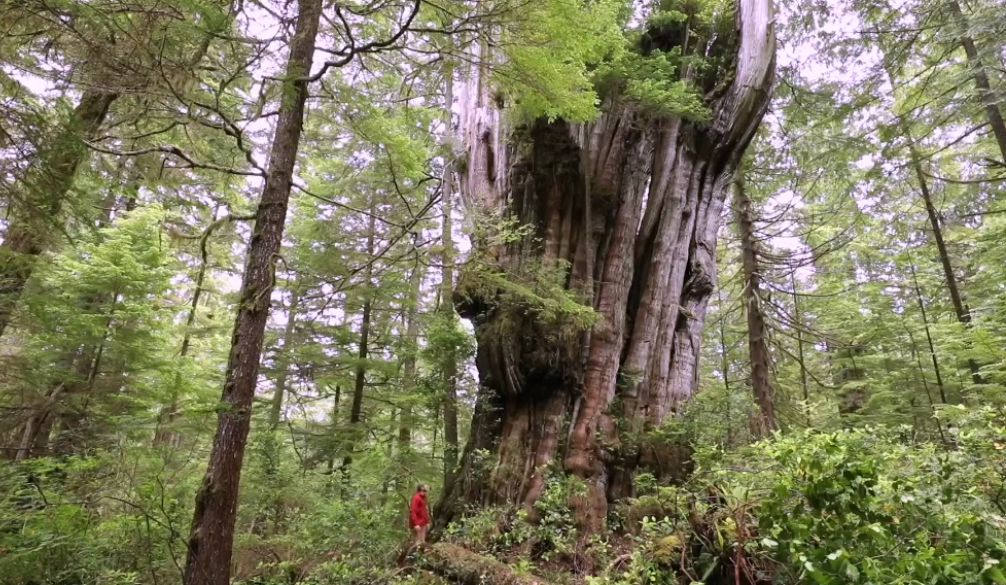
Source: @ancientforestalliance/Instagram
This includes a small number of tree ferns, gymnosperms and flowering plants. The difference in modern plants is that they carry fewer leaves in their crowns.
Oddballs of the Ancient World
“We consider quiver trees and baobabs as oddballs relative to the rest of the angiosperms [flowering plants],” he said.
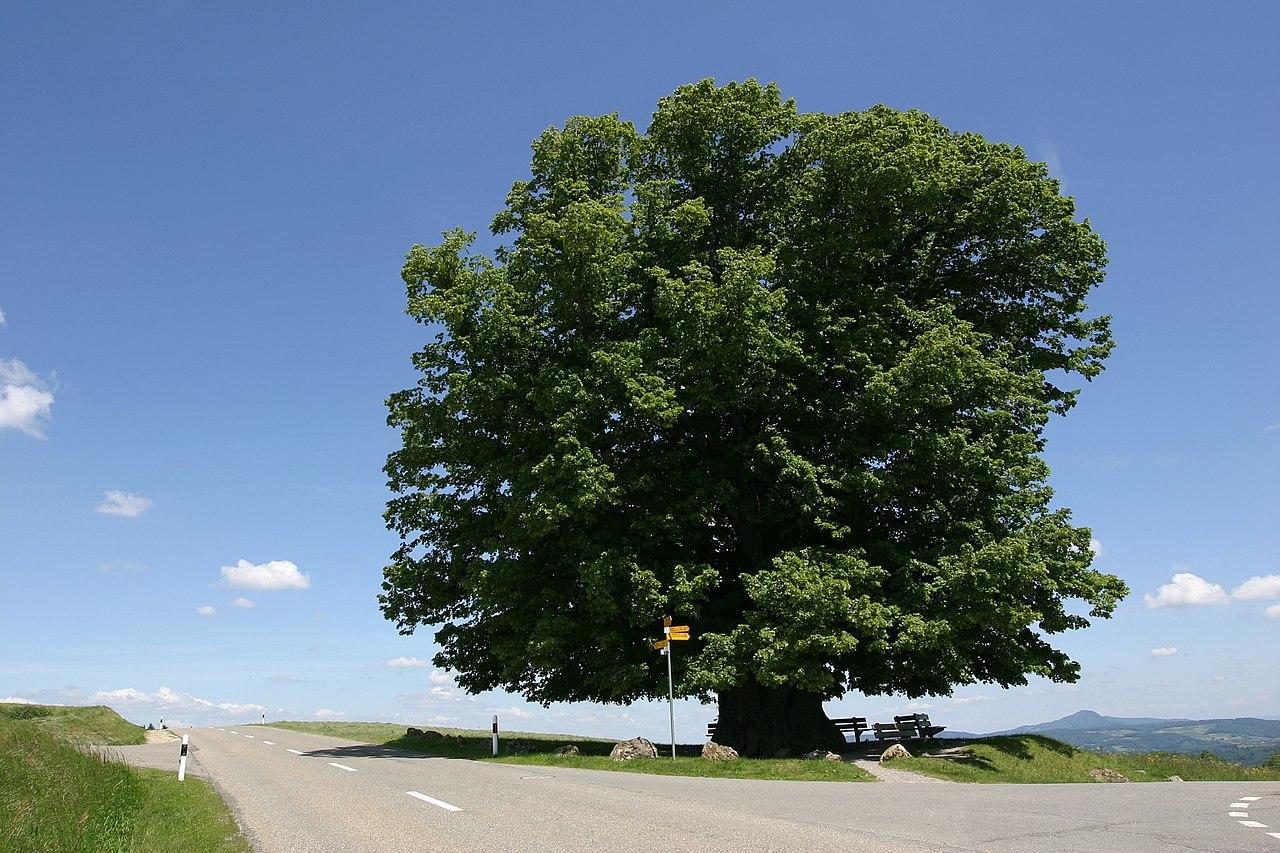
Source: Wikimedia
“Such oddballs existed in deep time in other plant groups that lived long before flowering plants appeared on the planet, but we don’t have clues to their oddities unless a very rare event happened to preserve the plant in its entirety.”
Diversity in the Devonian Period
Plants were extremely diverse during the Devonian period and the Carboniferous period, according to the study. This strange fossil could be an example of an evolutionary experiment by Mother Nature that eventually failed.
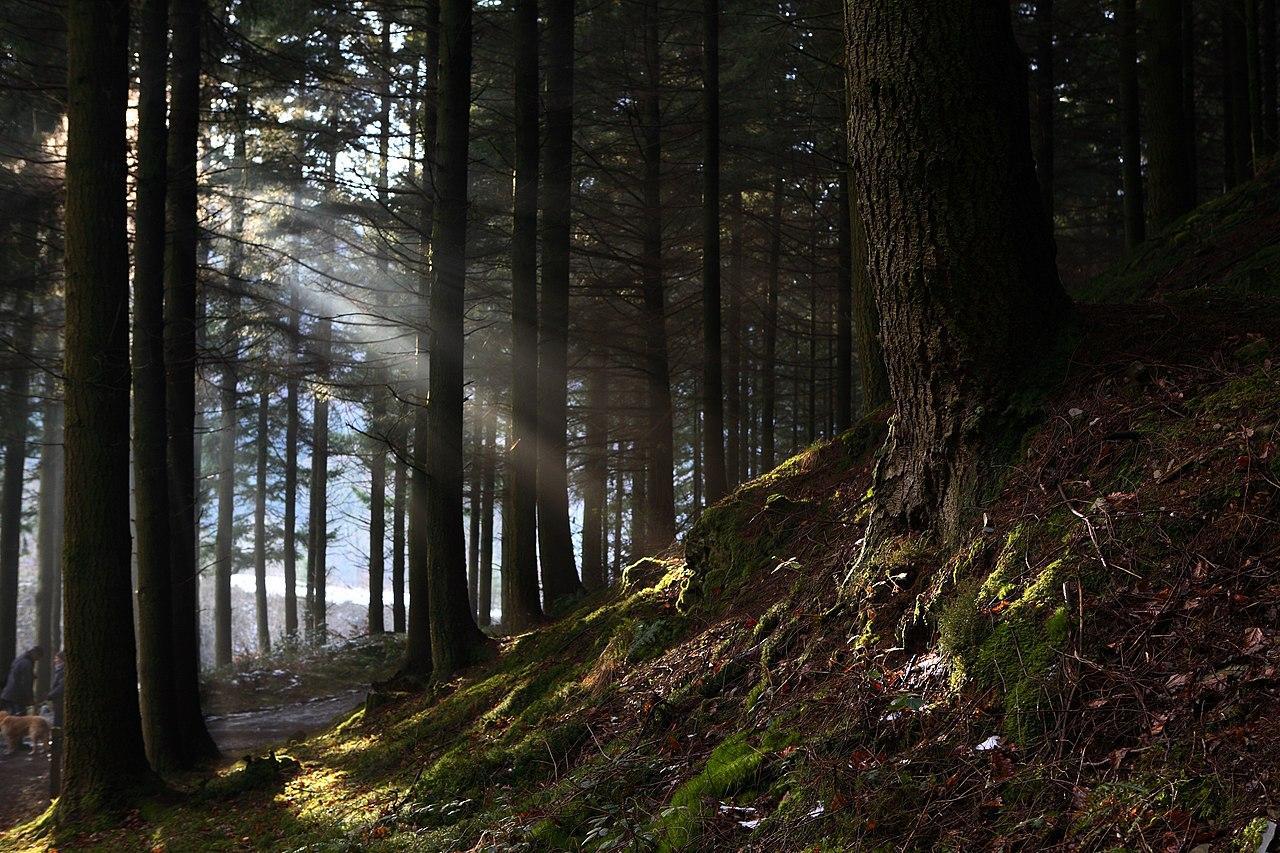
Source: Wikimedia
“The evolution of the plant kingdom underwent many different experimental forms that were successful for some million or more years of time, but didn’t survive the test of time,” he said.
A Different Kind of Plant
“This is a totally new and different kind of plant,” Patricia Gensel, a biologist at the University of North Carolina at Chapel Hill and an author of the study, tells the New York Times

Source: Freepik
“We typically get bits and pieces of plants, or mineralized tree trunks, from Romer’s gap. We don’t have many whole plants we can reconstruct. This one we can.”
Other Ancient Trees
Before researchers discovered Sanfordiacaulis, they uncovered the oldest known trees in fossils in the late 19th century. The Gilboa trees, called Eospermatopteris, date back to the Devonian period.
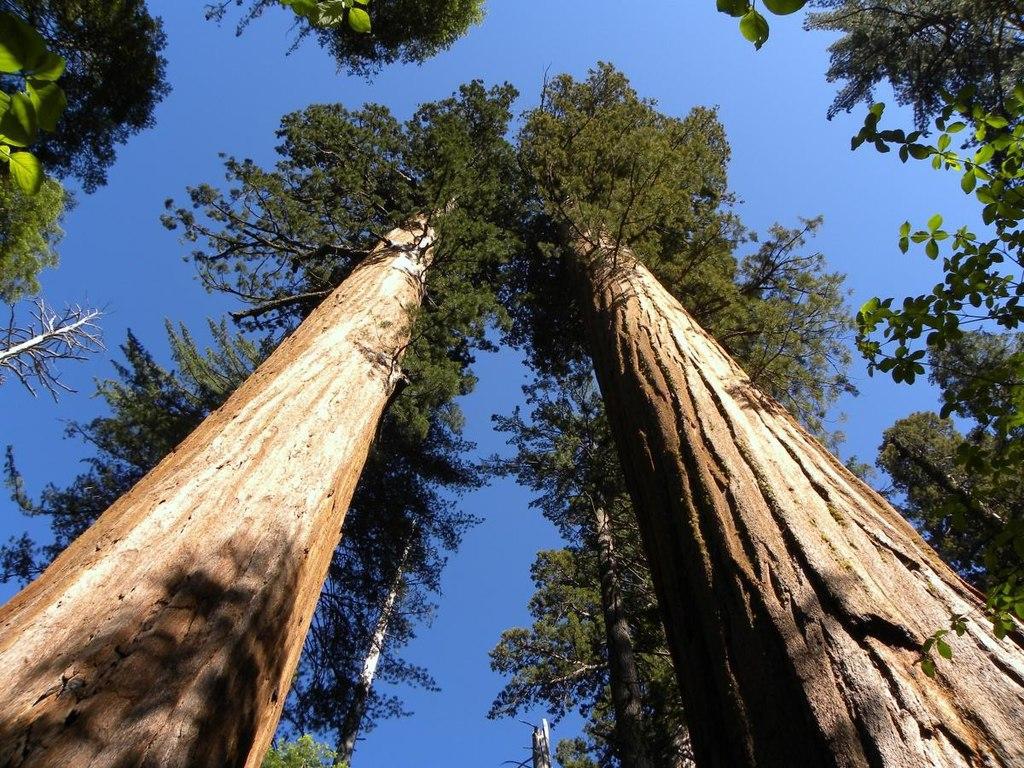
Source: Wikimedia
It was believed to be one of the first plants on Earth to have a tree-like form. Like the Sanfordiacaulis, Eospermatopteris didn’t look like modern trees but more like ferns.
The Look of This Ancient Plant
The Eospermatopteris, which featured no wood and grew to be about 30 feet tall, had a slender trunk topped with at least eight branches that spread out from the apex.
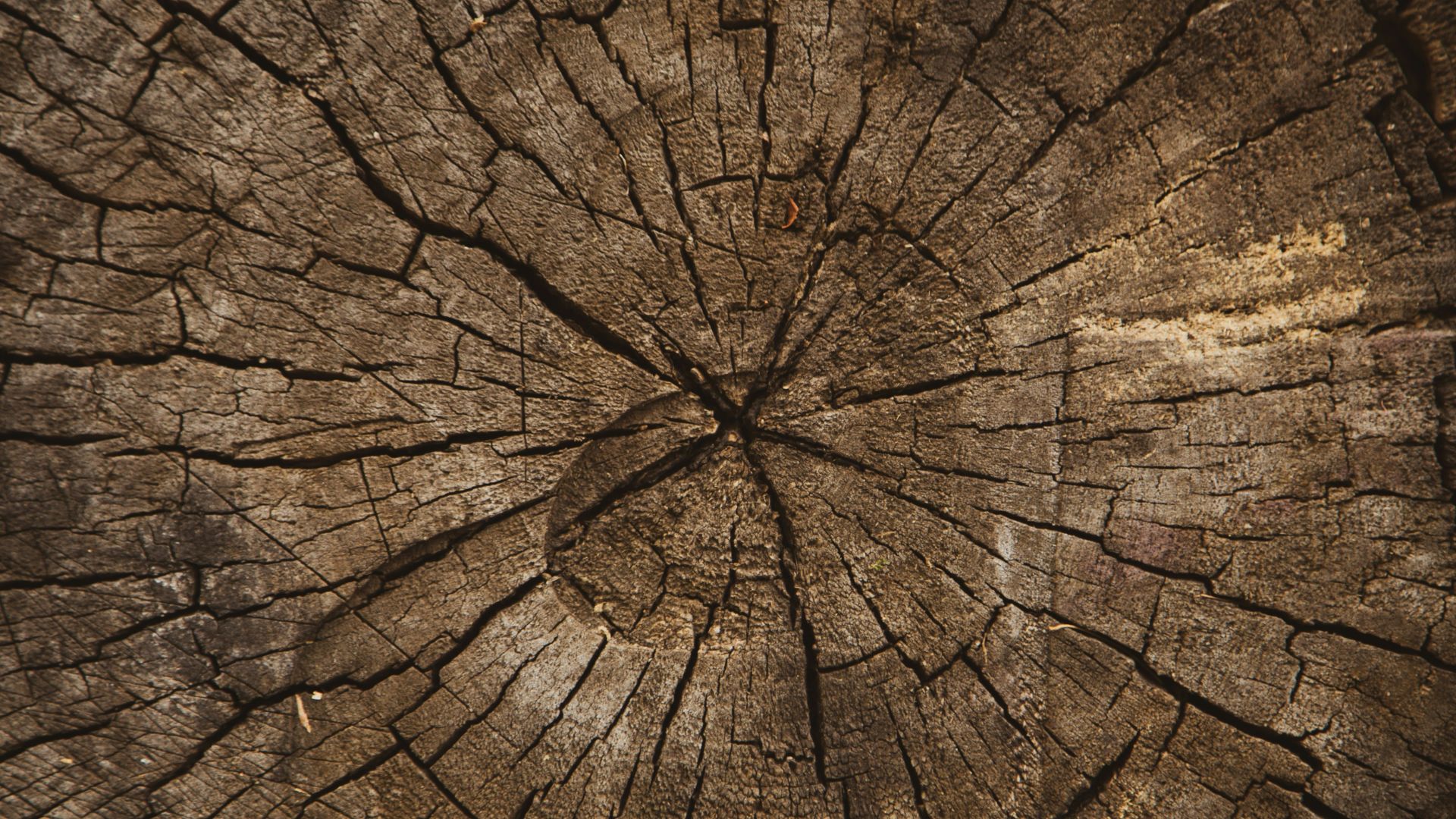
Source: Volodymyr Hryshchenko/Unsplash
The plant did not have flattened leaves. Instead, whorls of forked branchlets covered the branches.
Ancient Ferns
The plant belongs to the extinct group Cladoxylopsida, considered an intermediate between early land plants and the lineage that includes ferns and horsetails.

Source: Arunodhai V/Pexels
Similar to modern ferns, Eospermatopteris reproduced by releasing spores into the air instead of forming speeds. This was an early hint at what would one day become seed plants.
The First Plant with Leaves
The first plant to form leaves was the Archaeopteris. The plant was a large woody plant that formed from secondary tissues.

Source: Kelly/Pexels
Researchers found that this tree had a strikingly modern underground root system, enabling it to continuously expand and support the growth of a long-lived, larger tree type that may have dominated the local forest ecosystem.
Not the First Tree Fragment
This isn’t the first time that fossilized tree fragments have been found in the area. What makes the Sanfrodiacaulis different from the other fossils is that it was intact.
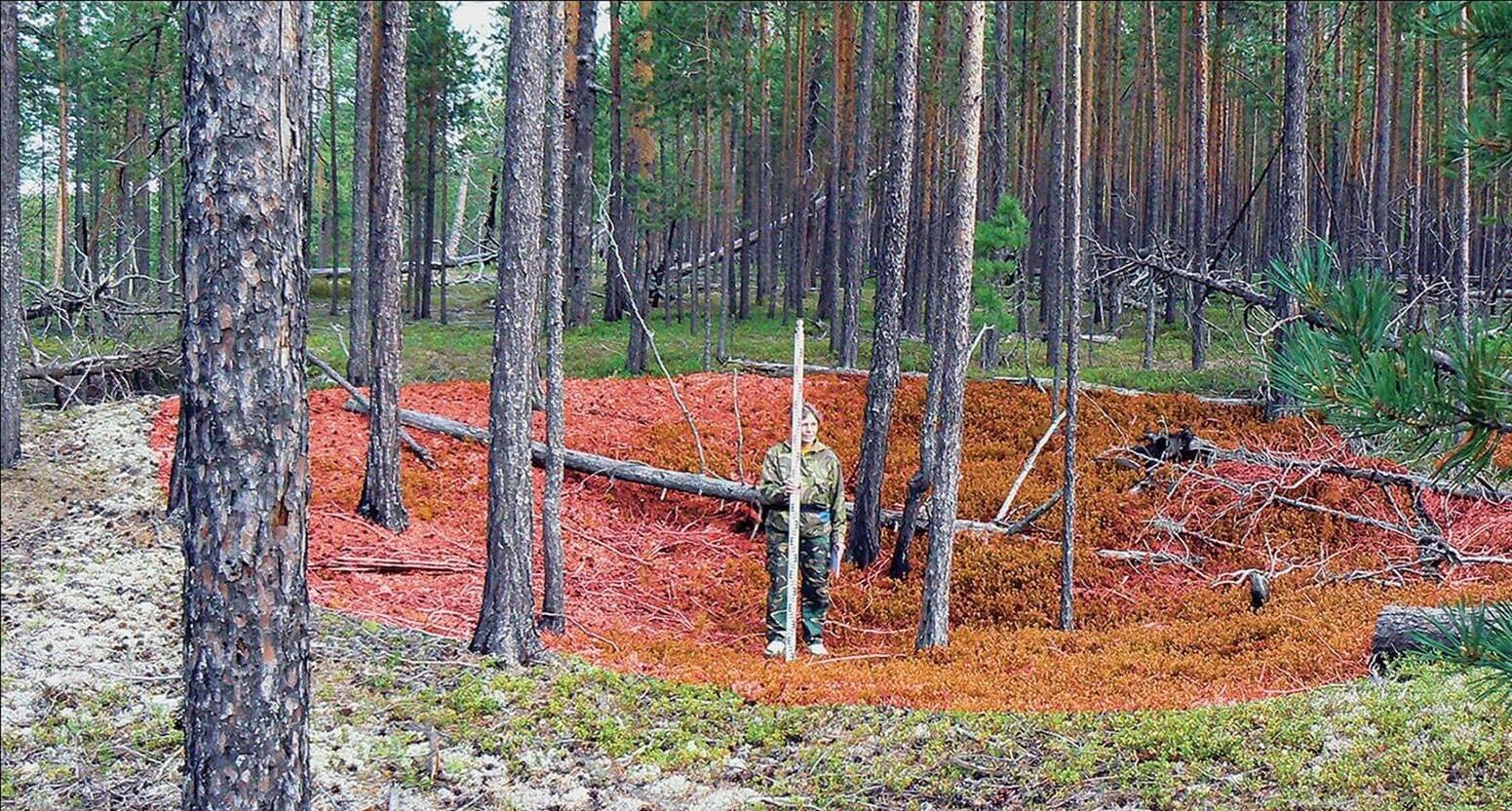
Source: E. Dubovtseva
They found the fossil’s trunk, branches, and partially preserved leaves three-dimensionally pressed into stone.
Expanding Our Knowledge
“The new fossils are a milestone in our understanding of how early forest structure evolved, eventually leading to the complex rainforest architectures that support most of Earth’s living biodiversity,” Peter Wilf, a geoscientist and paleobotanist at Pennsylvania State University, who was not involved with the study, tells CNN.

Source: Freepik
This discovery opens a window to the past and sparks interest in uncovering more discoveries in the area.
